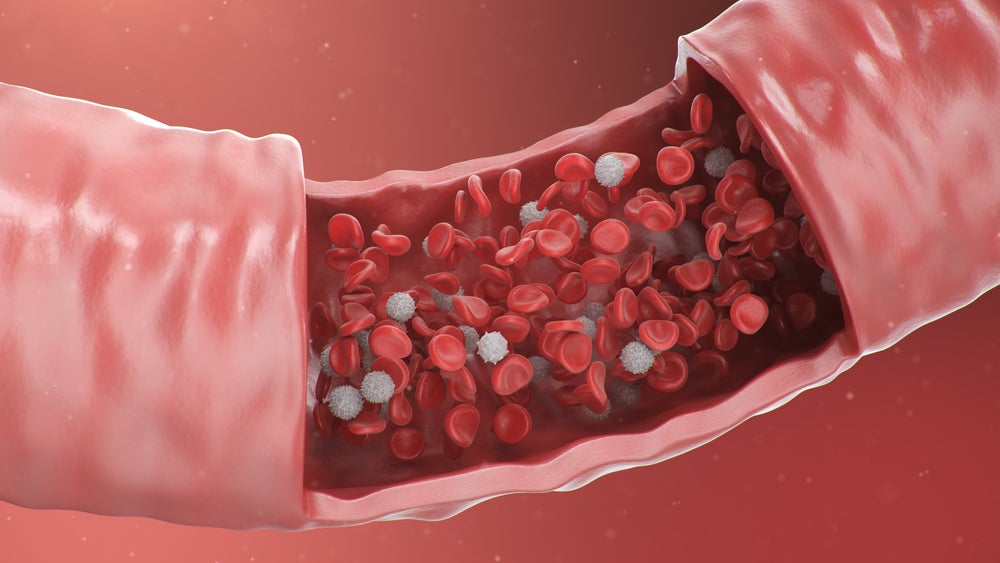
In any industry, we are witnessing a common trend: The ever-growing attention given to customers and consumers. In this case, the pharmaceutical world makes no exception. Questions may be, for instance, how do we recruit patients more successfully for our clinical trial? How do we keep those patients happy with our work? How can we find solutions to their problems more quickly? An answer to these dilemmas could be direct-to-patient (DTP) shipping, a consideration that is becoming increasingly popular within pharma/biotech companies.
Nevertheless, it’s always challenging to see whether it makes sense utilizing this trial format for specific studies and what the advantages and disadvantages are. Still, there aren’t many companies that carry out trials this way, so doubts remain over whether DTP is a viable logistical option. Therefore, by learning more about this process while comparing it with the way trials are currently being run, sponsors can validate DTP’s legitimacy and apply it to new trial designs, ultimately gathering more reliable data.
Maintaining Close Collaboration Among Stakeholders
However companies, large and small, need to understand the importance of the initial planning for a trial implementing DTP shipping. To be successful, it is vital sponsors collaborate and maintain constant communication with all the sites involved. Crucially, sponsors must also assess what potential issues could arise with solution providers. For this reason, sponsors must brainstorm with their partners, internal and external, to assess where the strengths and weaknesses lie within the supply chain to guard against unforeseen circumstances. Furthermore, it’s incumbent upon sponsors to understand what their site’s needs are to ensure compliance with regulators and their requests.
This close collaboration might even support your patient recruitment process, ensuring the trial is run efficiently. Additionally, implementing IXRS technology means supplies can be monitored in real-time while tracking patient updates. This is especially crucial for rare diseases and oncology studies.
These areas are those where DTP may be the most helpful with, as they are extremely niche. It can be difficult for patients to travel to the sites. Therefore, additional integration could be about making patients aware of that testing is more straightforward. To do this, drugs must be taken correctly, and as a result, this will lead to higher trial precision. The industry is experiencing a greater need for improved DTP labelling and distribution, too. This may derive from the fact of a lack of specialized solutions provided in the industry which makes recruitment not so easy.
How well do you really know your competitors?
Access the most comprehensive Company Profiles on the market, powered by GlobalData. Save hours of research. Gain competitive edge.

Thank you!
Your download email will arrive shortly
Not ready to buy yet? Download a free sample
We are confident about the unique quality of our Company Profiles. However, we want you to make the most beneficial decision for your business, so we offer a free sample that you can download by submitting the below form
By GlobalDataSeize the Opportunity DTP Offers
In DTP, there are many implications, such as innovative data collection, monitoring of dosage, and ensuring the data is not compromised by non-compliance. It is essential to have discussions about support systems for this delivery method, such as controls on packaging and the introduction of technology as this can ensure the data is accurately collected. Recently, this is something companies have started to do for optimal best practices.
Other technologies which could be greatly helpful are electronic labels, which allow DTP to be used more widely – it minimizes paper work, meaning fewer human errors. eLabels can also be updated and uploaded in real-time, allowing patients to feel safer and able to see their progress throughout the course of the medication. All of these improvements may highly benefit particularly smaller sponsor companies for patient enrolment as well. However, it may happen sometimes there isn’t enough available information – this could lead smaller companies with limited budgets not to risk DTP which may be seen as a system with a fewer variables. These variables may be solved with more accurate data, reached through precise monitoring, and the collection of its figures.
It is clear though that technology is moving forward in DTP – sponsors and solution providers should explore this matter even further to ensure it is the best approach for company’s specific studies. This will help avoid additional issues in data collection and monitoring.








Related Company Profiles
DTP SAS
CTA Inc